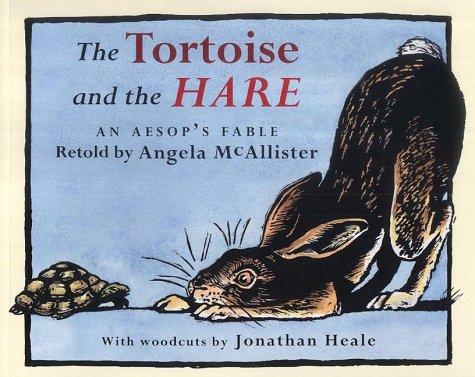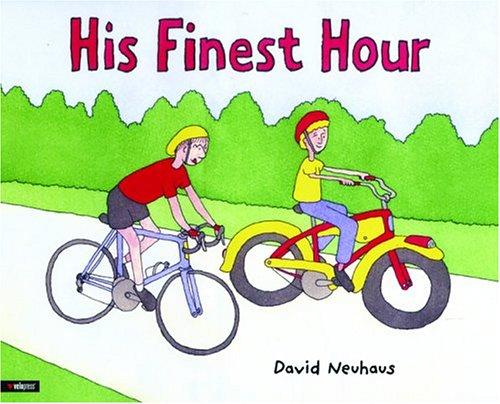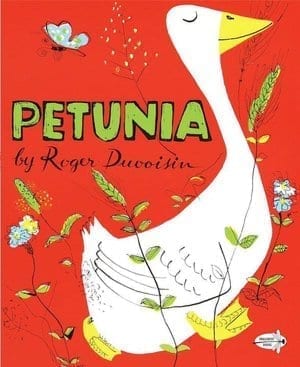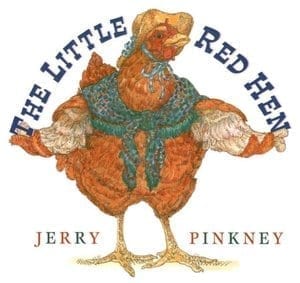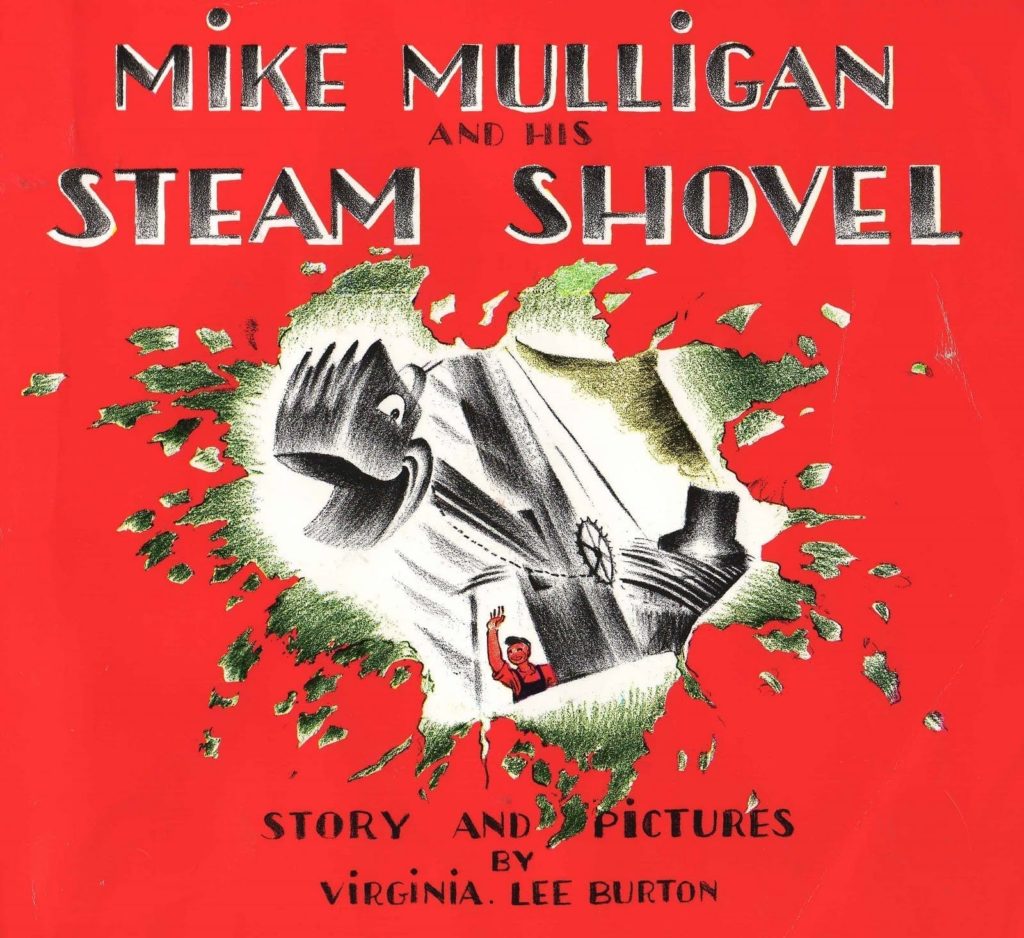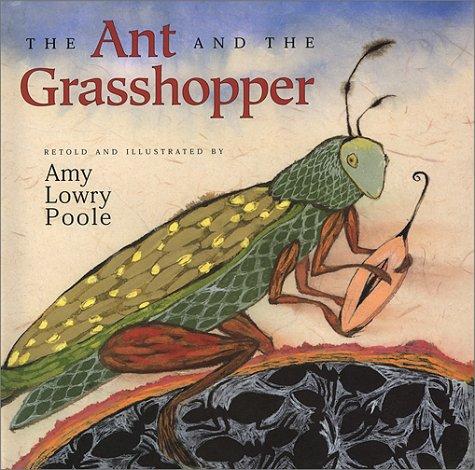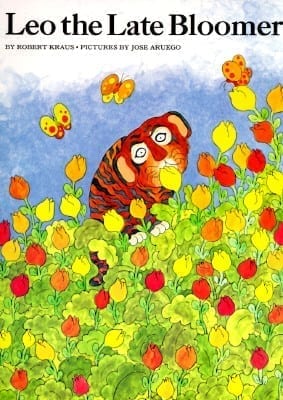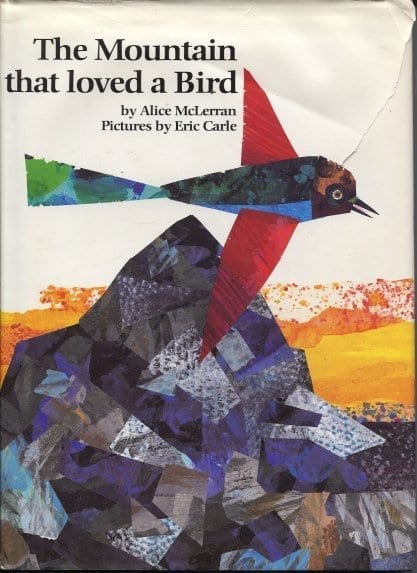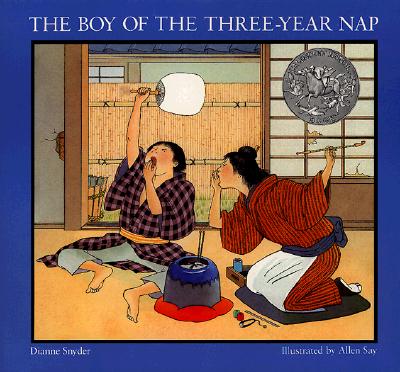“The Tortoise and the Hare: An Aesop’s Fable” By Angela McAllister and Jonathan Heale
One day, Tortoise overhears Hare boasting about being so fast he leaves the wind behind. Tortoise responds that that is nonsense and the two decide to race. This is Aesop’s most well-known fable, and can be found in many other versions and treasuries. I particularly liked the woodcut illustrations in this one. It is a fable that pits boastful conceit against perseverance and sharp wits. It is an amusing classic.
“His Finest Hour” By David Neuhaus
When Ralph wants to catch the eye of the local racing team, he challenges Dudley to a bicycle race, knowing full well that against his fancy new secret rocket engine, Dudley’s ancient balloon-tire bike doesn’t stand a chance. Dudley does have unflagging perseverance, but will that be enough to win the day? This is a tale of how two lifetime friends reach their goals in completely different ways, and in the end only Dudley is asked to join the team. This is definitely a story about perseverance, goals, and also about doing the right thing. This could also fit in a discussion about lifting the weight.
“Petunia” By Roger Duvoisin
This is a charming tale set in a farmyard, about the proud but addlebrained goose Petunia. Petunia finds a book, and the silly goose believes that if she owns a book, she must be wise. So she begins dispensing hilariously mistaken advice to the other animals in the farmyard. There is a disaster, and Petunia realizes she has not gained knowledge from simply carrying a book around, but that she must read what is within the pages. This is a great book to help illustrate the point that there are no shortcuts. Reaching goals requires actual hard work and perseverance.
“The Little Red Hen” By Jerry Pinkney (Illustrator)
Important lessons of work ethics, initiative, and natural consequences are delivered in the latest addition of a lush, light-filled rendition of a classic folktale staple. You know the story: a hen has got to do what she’s got to do to put bread on the table, and so she asks for assistance. She’s a smart old bird: she flatters each animal as she appeals to him to use his particular skill (the dog is a fine digger; the rat, a champion chopper; the goat would be great at pulling; and the pig, well, at pigging) to help. Still, she’s met with that familiar refrain, “Not I.” There’s a lot of heart in the details here: Pinkney puts in a self-portrait appearance as hard-working Mr. Miller, and the passage of time is subtly marked by the growth of the hen’s five chicks, who begin as balls of yellow fluff and are markedly bigger by story’s end.
“Mike Mulligan and His Steam Shovel” By Virginia Lee Burton
Mike Mulligan and his faithful steam shovel Mary Ann have been “downsized,” if you will, by the advent of gasoline-powered engines, and other “modern miracles” that have made poor, faithful Mary Ann obsolete overnight. In order to find work, Mike and Mary Ann travel over hill and dale until they come to the small town of Popperville. There they find that the town mayor is taking bids to dig the basement for a brand-new skyscraper. Mike makes a bid and is met with laughter. But instead of giving up, he makes a deal. He and Mary Ann will dig the basement in one day. If they don’t make it, they won’t accept payment. The valiant steam shovel and the equally valiant Mike set off to prove to the world that they are not obsolete and certainly not worthless. Just because they are old, just because they are now different, they still have value! And they dig, and they dig, and they dig. And soon they have attracted a large audience, all of whom are pulling for the team to win, even though it seems impossible. In the end, Mike and Mary Ann have prevailed. They have dug the basement in one day! But just when they are being celebrated as heroes, a terrible problem arises. Mary Ann cannot get back out of the hole. What is to happen? Was it all for nothing? The ingenious solution to the problem, and the sheer joy of the solution, is heartwarming no matter how many times you read it. This is a wonderful way of teaching children to persevere, to glory in their “otherness,” and to grab life with both hands. It is a treasure, a classic because it deserves to be.
“The Ant and the Grasshopper” By Amy Lowry Poole
While the ants are hard at work collecting food for the long winter, the grasshopper only plays and does no work at all to prepare for the long harsh winter up ahead. Soon the winter comes and the ants are warm and have plenty of food to eat. However, the grasshopper is out in the cold with no food at all. The author’s main moral was that there are times when you can play and times when you need to do work, and you can’t play all the time. The moral is easily understandable so that children will be able to pick up on it. It is also a great way in introduce time management to older children.
“Leo the Late Bloomer” By Robert Kraus
The story of Leo is the story of many a child. He does not speak or eat nicely. He does not draw or do anything particularly well. This comes as a bit of a concern to Leo’s pop, but him mother reassures him that in time Leo will “bloom.” It assures children and parents that people progress at different levels, but everybody blooms.
“The Mountain that Loved a Bird” By Alice Mclerran and Eric Carle
A beautiful bird named Joy stops one day to visit a mountain. Every spring she flies high in the air, looking for the best place to build her nest and raise her children. As much as Joy would like to stay with the mountain, she must leave to continue her search. After hearing the mountain’s pleas for her to stay, Joy is so touched she makes a very special promise that each spring the mountain will be visited by one of her kin. Over time the birds bring about a wonderful change in the mountain — a change that will transform the mountain forever.
“The Boy of the Three Year Nap” By Dianne Snyder
This is a very classic story from Japan. Taro is as lazy as he can be. He wants to do nothing but lay on the tatami-mats and sleep. Thus he receives his nickname, Three-Year Nap Taro. The pictures and story are full of Japanese culture, and your children will like the twisted ending and the lesson that being lazy is NOT good. This book also goes well with Lifting the Weight.
